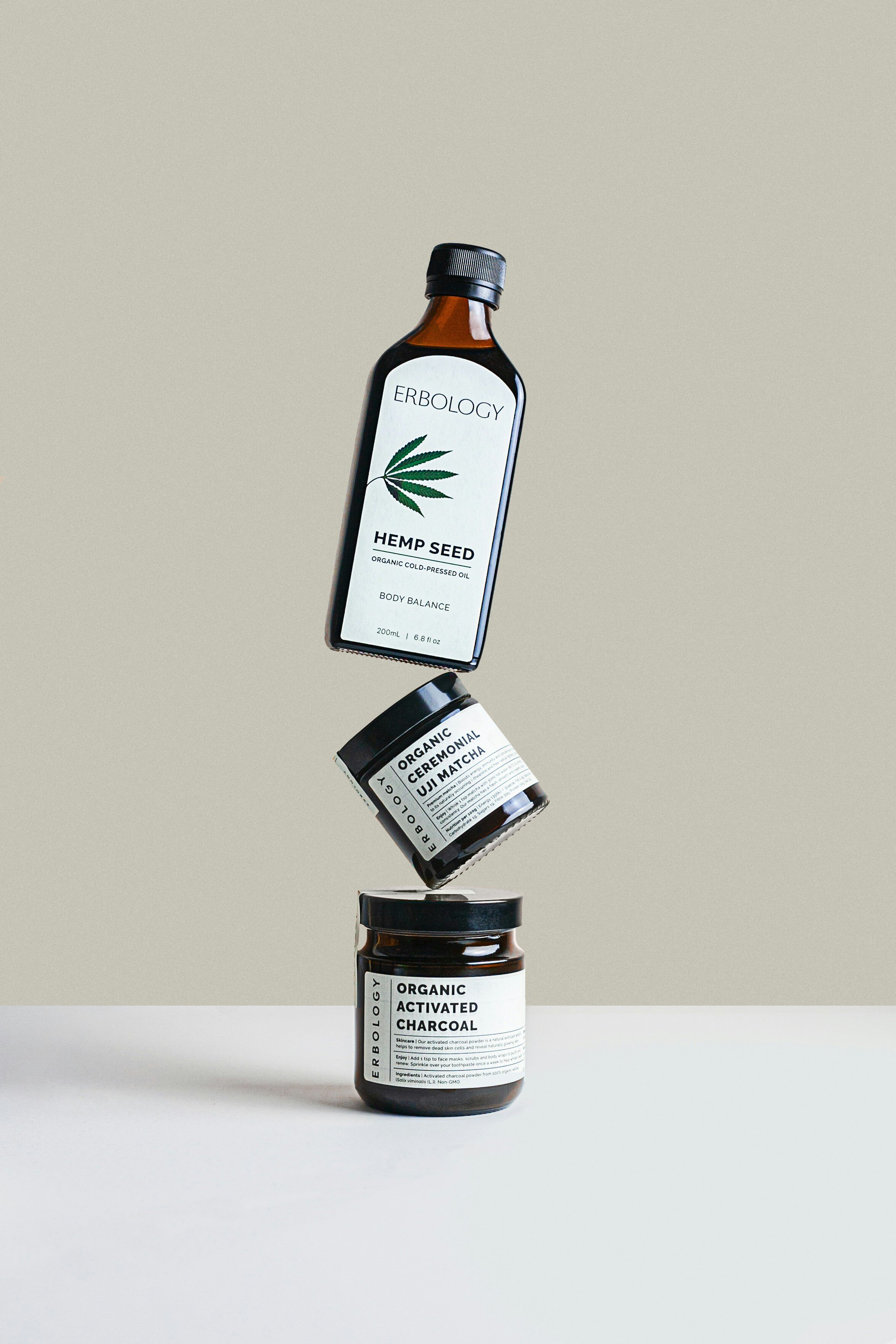An optimal campaign structure is essential for the control of your Google Ads and Amazon Advertising accounts. It’s what makes successful optimization possible. One structure that’s proven successful for ad campaigns is the single keyword ad groups (SKAGs) campaign structure. With SKAGs, as the name suggests, a separate ad group is created for each individual keyword.
A SKAGs structure offers a number of advantages over other campaign structures. Before I dive into the benefits of SKAGs, let’s look at the why structured campaigns matter and the typical campaign structure used in Google.
The Typical Google Ads Campaigns Structure
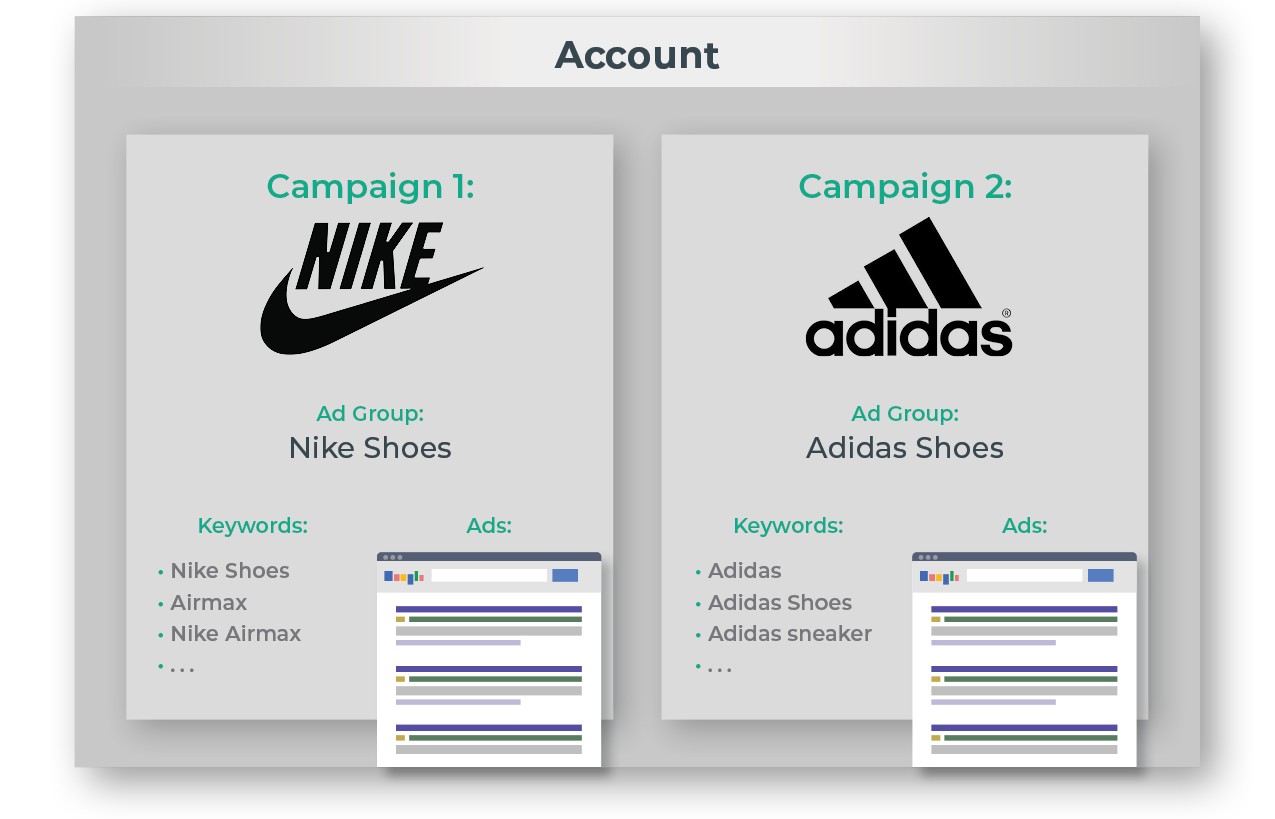 Figure 1: A typical Google Ads campaign structure
Figure 1: A typical Google Ads campaign structure
The biggest advantage of the typical Google Ads campaign structure is obvious — it’s clear and it shows the structure of a website or an online shop in Google Ads. In most cases in the typical structure, ad groups are built organized by groups of products, categories, or services. Each campaign can have one or more ad groups. Budget, language, location, and other criteria can be set for each campaign, but not each ad group.
In the case of a sporting goods retailer, for example, the typical structure looks as follows:
- The retailer creates a Nike campaign and an Adidas campaign.
- Under the Nike campaign, the retailer creates ad groups for various Nike product groups — shoes, T-shirts, pants, etc. — with matching keywords and ads. The retailer does the same for the Adidas campaign.
This structure offers the advantage that reports for the respective product groups can easily be created. But, caution is needed, because ad costs can only be attributed to the different product groups and the keywords used, for example, Nike shoes, and not to actual sales.
For example, say a user comes into the shop and enters the keyword “Nike Air Max.” He/she then buys a model from Adidas because the Adidas shoe costs 20% less than the Nike Air Max.
The challenge is that the revenue for the sale gets attributed to the Nike ad group, even though the customer bought the Adidas shoe. This happens because the attribution is tied to the keyword the shopper entered and not to the product the shopper actual purchased.
The differentiation between the keyword and the ultimately purchased product isn’t as distinct as many marketers need it to be. It becomes difficult to see how campaigns are really performing and what shoppers are really doing. In Google Ads, the only variables that have a one-to-one correlation are the keyword and the attributed sales and costs. It doesn’t matter in the end, which products the customer actually buys. The customer could search for giraffe and buy a fork and the sale of the fork will be attributed to the keyword “giraffe.”
Developing Single Keyword Ad Groups (SKAGs)
The structure of SKAGs uses one keyword for each ad group. This isolates and optimizes the performance of each individual keyword rather than each sale regardless of keyword entered. Typically, this structure can only realistically be implemented manually in very small and manageable Ads accounts or small portions of larger accounts.
Why? If you imagine an account with 10,000 keywords — and therefore 10,000 ad groups that need to be optimized if using SKAGs — you quickly reach the limit of what can be done manually.
To accomplish a single keyword ad groups campaign structure in large accounts, you have to use an automation solution or software to take full advantage of the SKAGs structure without impossibly intensive manual labor.
Whether you try manually or use a software solution, It makes sense to start by implementing a SKAGs structure for your 20 best-performing keywords. Then, you can set up your entire campaign using the SKAGs method.
Regardless of how you get there, a SKAGs approach offers tremendous benefit to your paid media efforts.
The Benefits of Single Keyword Ad Groups (SKAGs)
1. Isolate and Optimize Performance for Related Keywords for the Same Product that Perform Differently
Each individual data point in a Google Ads campaign can be isolated in the SKAGs structure. Each point can also be optimized separately. Even if there’s a strong correlation between similar keywords, such as “Nike” and “Nike shoes,” the keywords usually perform very differently and will deliver different results.
With a SKAGs structure, you can separate those keywords out into their own ad groups and take full advantage of how each performs rather than being tied to having them applied to a single ad group.
2. Increase Ad Relevance
SKAGs lets you tailor ads to the respective keyword, which increases the ad’s relevance for Google and your users. This leads to a higher click-through rate (CTR) and better quality scores for each keyword. CTR is the biggest influence on quality score.
In a traditional campaign structure, there are multiple keywords in each ad group. If you change the associated ads, it can have a positive effect for some keywords and increase the CTR. For the other keywords though the CTR can drop. At the end of the day, decisions are made based on averages and not individual performance, which is never advisable in online — or any — marketing.
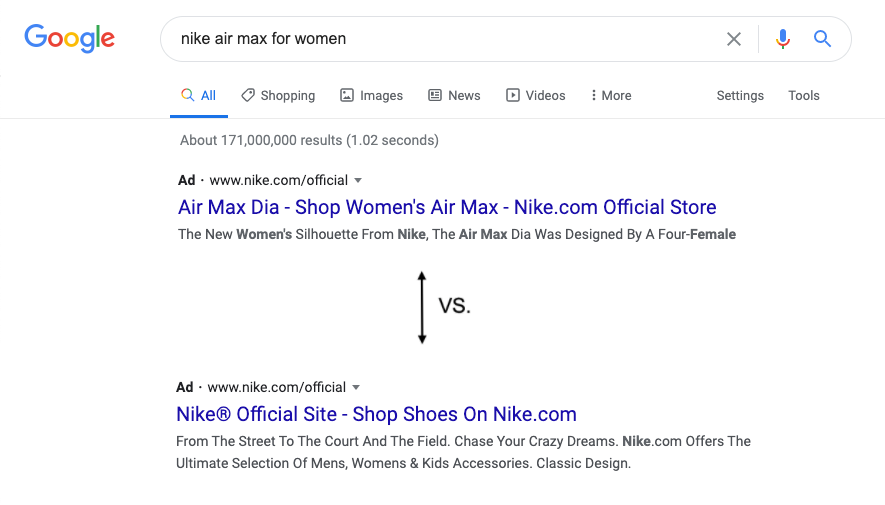
3. Optimize Ad Extensions for Each Keyword
What applies to the ad itself also applies to the ad extensions that Google offers, such as sitelinks, callouts, call extensions, etc. Extensions can be individually adjusted in a SKAGs structure for each keyword. This further increases relevance for users, increases the CTR, and can lead to an even better quality score.
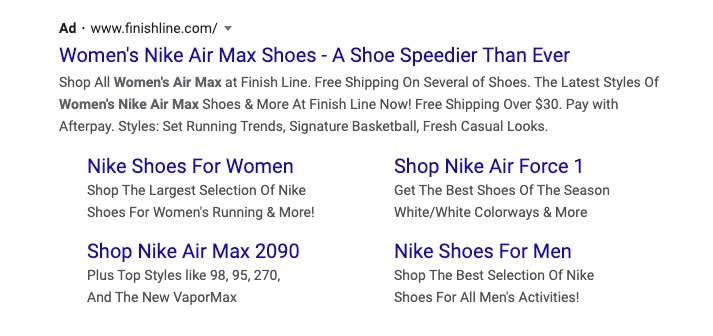 Figure 3: Relevance increases when ad extensions are adjusted by keyword
Figure 3: Relevance increases when ad extensions are adjusted by keyword
Talk to a Finch Keyword Expert
4. Achieve Even Greater Relevance with Unique Keyword Match Types per Ad
Just like keywords, different keyword match types, such as broad, broad modified, phrase, and exact match, perform differently. The Keyword match type helps determine which searches trigger your ad to show on Google.
For even greater relevance and an even better quality score, you can further split each keyword in each ad group by match type and place each match type in a separate ad group. You can do that based on each keyword match type.
For example, you can have different ad campaigns for Nike shoes as a broad match type, a modified match type, an exact match type, and a phrase match type.
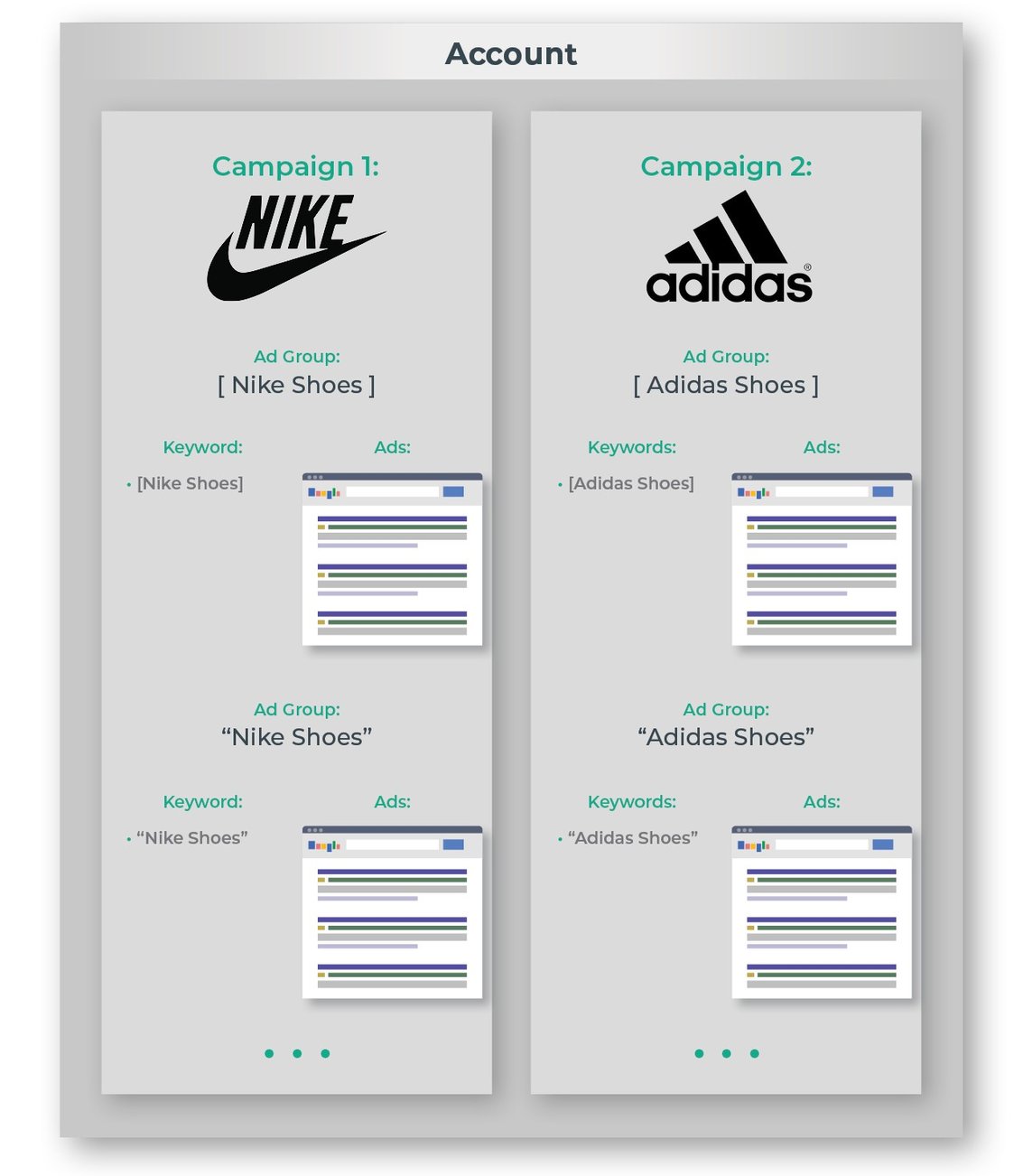 Figure 4: Building a SKAGs campaign in Google Ads
Figure 4: Building a SKAGs campaign in Google Ads
5. Improve Relevance with Cross-Negative Keywords for Keyword Match Type Campaigns
Even when you break keywords down into individual ad groups by match types, Google can still choose which keyword match type to use for a search query.
For this reason, you want to use all other match types of a keyword as a negative keyword for each ad group. For example in the ad group for “Nike shoes” as a broad keyword match type, you want to use Nike shoes for broad modified, phrase, and exact match keyword match types as negative keywords. See figure 5 for an example.
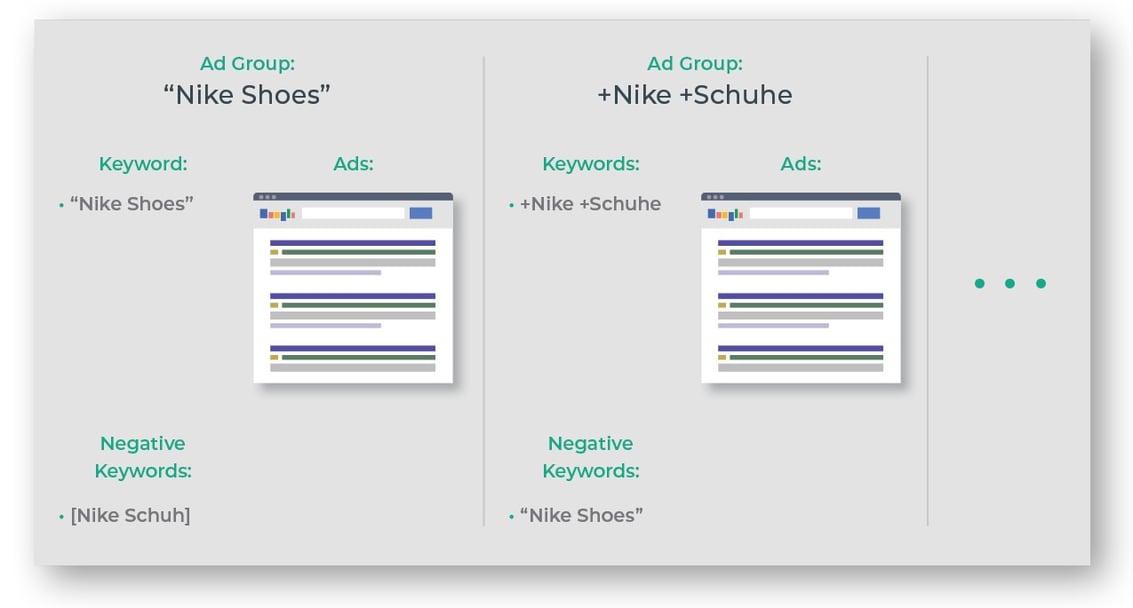 Figure 5: Sample structure showing the use of cross-negative keywords match types
Figure 5: Sample structure showing the use of cross-negative keywords match types
When you use this approach, Google can’t choose which match type is used. If the exact match is entered, your exact match ad campaign will show.
6. Access Refined Reporting
At first glance, creating reports when using a single keyword ads group structure might seem complicated. Because you now have 20,000 ad groups instead of 20.
But reporting for SKAGs is actually easy. You simply use labels at the ad group level to create reports for related keywords. For example, you can label all ad groups with Nike keywords with a Nike label. With labels applied, you can quickly and easily create all kinds of reports.
7. Increase Effectiveness with Bid Modifiers at the Keyword Level
Another advantage of SKAGs is that bid modifiers for devices or audiences can be used at the keyword level. This gives you a huge potential to increase revenue from ads and control spend and effectiveness.
8. Better Quality Score! Better Quality Score! Better Quality Score!
The quality score is the Holy Grail in Google Ads. Lasting improvements in the performance of a campaign can only be achieved with higher quality scores. The biggest factor needed for better quality scores is higher CTRs. And this is the place where a SKAGs structure really makes a difference, especially when you’re using an automated optimization solution, like the Finch Advertising Management Platform. (In full disclosure, I work for Finch, so I’m a bit biased towards our solution.)
The Finch Platform pauses existing Google Ads campaigns and builds them out in a granular SKAGs structure using historical performance data to optimize the campaigns for success. The Platform automates all manual tasks in the account, which is extremely important when implementing a successful SKAGs structure. Where an individual might be able to manually make a few dozen changes a week, the Finch Platform can make thousands.
The Finch Platform was developed to implement structure campaign data and builds on that granularity to continually optimize ad campaigns — initially with historical campaign data and then with ongoing granular performance data as it continues to build out campaigns.
That optimization using real data continues to optimize ads and ensure a high CTR and therefore a better and better quality score. It’s the ideal — and really only — way to take full advantage of a structured data approach and continually — positively — impact performance.
You can only realistically implement SKAGs manually on a small scale, but to really make it work at scale and in the way it can truly optimize your revenue and performance, you need an automated solution.
You can see how the Finch Platform has worked for using a SKAGs structure for clients around the globe by looking at some of the Finch case studies. And we’re happy to show you how the Platform and a single keyword ad groups and other structured approaches can benefit your eCommerce efforts anytime.






